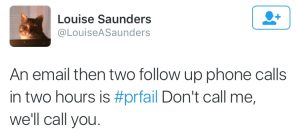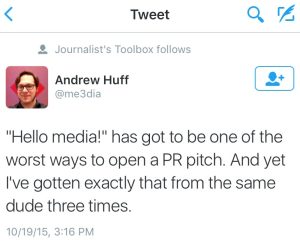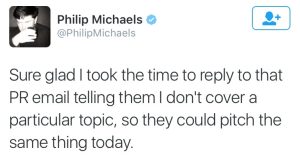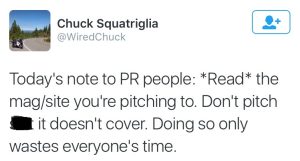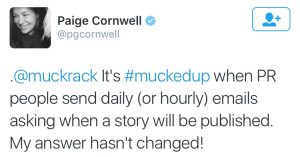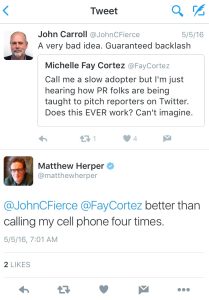The success of any PR pro hinges greatly on their relationships with journalists. These relationships do not occur overnight, and are gradually built on trust, respect, an understanding of journalists’ needs, and their knowledge of the industry. But as anyone in PR knows, that magic formula doesn’t lend itself to every press release, product launch or client award. That aside, understanding a few basics and avoiding some of these “loathsome” PR practices will help foster a positive, ongoing media relationship and save your reputation in the process.
Be cool. “So, did you receive my email?” Don’t call a reporter an hour after you sent an email to follow-up. Journalists are under enormous pressure and numerous deadlines on any given day, so allow ample time between sending a pitch and calling. Chances are, if you didn’t receive a bounce back, they received it. And if the pitch is relevant (and interesting), you’ll hear back.
Don’t spam. Nothing makes journalists madder than mass emails. Sending multiple pitches and pitches via a database system can be dangerous. Spend the necessary time to send personalized, targeted pitches and keep track of those you’ve reached out to.
Do your homework. Sending every release to every reporter in the abyss is a no-no and a sure-fire way to be blacklisted. Only send your press release to those contacts with a definite interest in the subject and industry.
Don’t ask when the story is going to be published. Your client just finished a great interview and you end the call with, “when can we expect to see to this published?” Blah. Reporters typically don’t have control over publishing and are working on several stories a day – including breaking news. Make use of Google Alerts and be sure to check the news outlet several times a week to monitor the article. If a month or so has passed since your client’s interview, then you have the green light to make a follow-up inquiry.
Don’t quote anyone that can’t be contacted. If you are sending out a release that includes quotes from the company’s CEO, you better make sure he’s available for interviews the same day.
Don’t send a press release, then go on your lunch break.
Do get their name right.
Don’t contact a reporter by phone, LinkedIn or Twitter if you know they prefer email. Use their preferred method of communication and stick to it.

